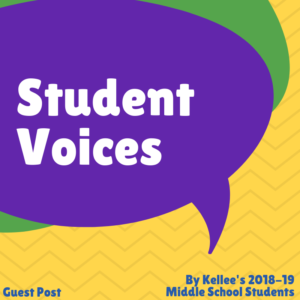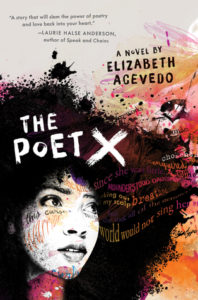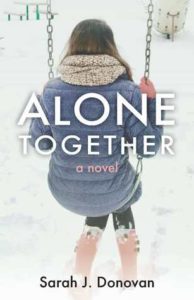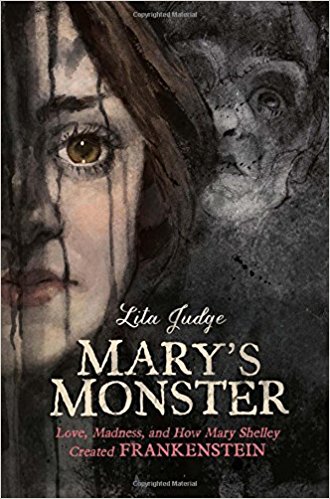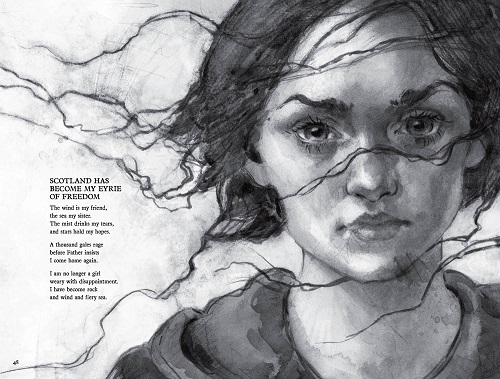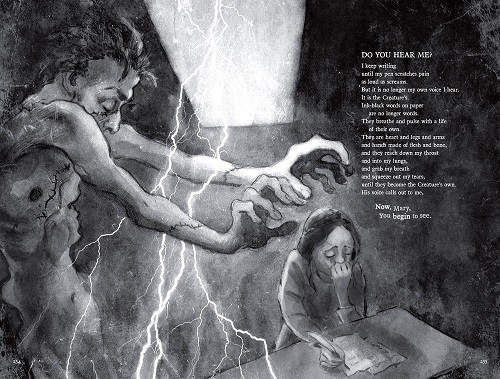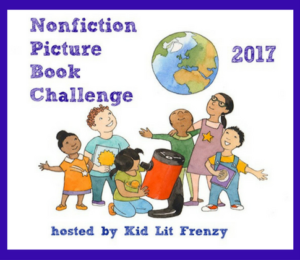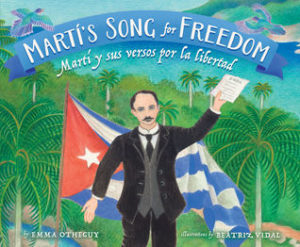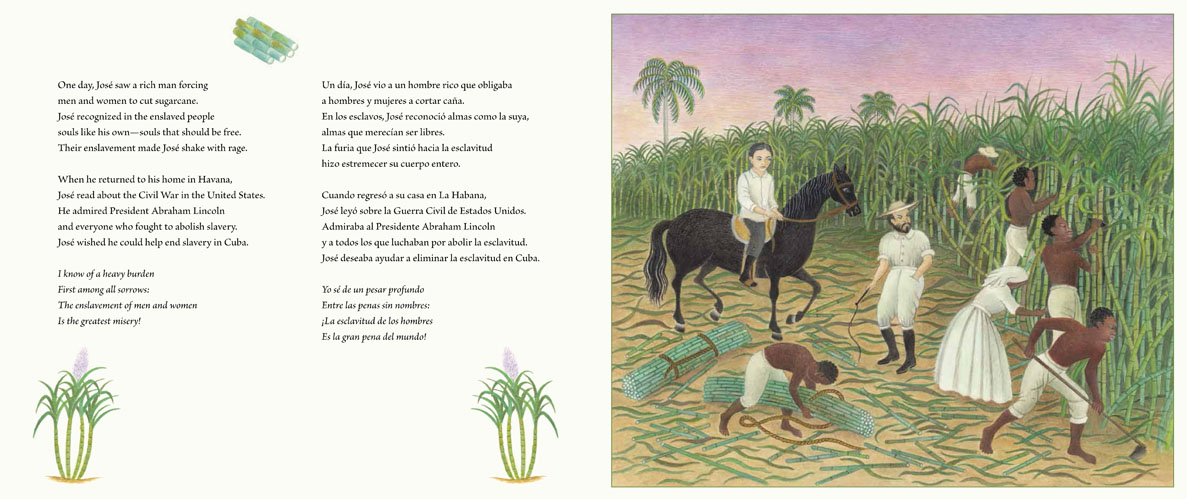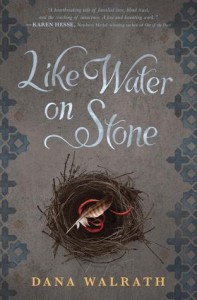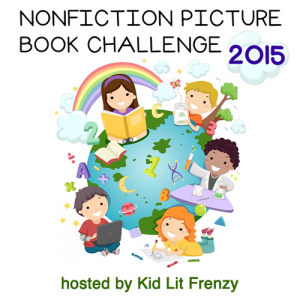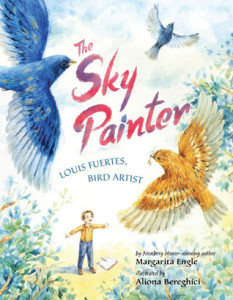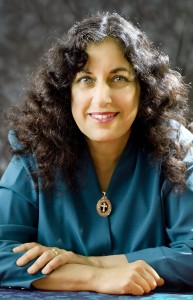The best way to learn what kids are thinking & feeling is by listening to them, so I am happy to share my students’ voices!
Why Teachers Should Let Students Read Manga by Luis, 8th Grade
Mrs. Moye let me read manga for most of the year. I read a huge variety of awesome mangas, but some teachers don’t like manga for different reasons. But I feel like I have the right to read whatever I want. Manga isn’t just fighting cartoons, some of them have a better plot than books. For example, Jojo’s Bizarre Adventure has a better vampire plot than other vampire books out there. Some have great love stories or more realistic action. Manga is truly something that teachers should let their students read and enjoy. And who knows–they may even learn Japanese!
Why 6th Graders Should Be Allowed to Read More Mature Books If They Want by Star, 6th Grade
I believe 6th graders should be allowed to read more mature books. It allows the kids to venture into a world they still have a while to actually enter. They allow kids to feel more emotions, such as sadness in love. For example, in the book The Fault in our Stars by John Green, Hazel and Augustus express such love for each other despite their differences. And when something sad happens at the end of the book, it causes the reader to be sad. Another reason 6th graders should be allowed to read more mature books is because they get kids into more real world situations before they have to experience it themselves. For example, in the book Orbiting Jupiter the author throws the reader into a real life situation.
Why We Shouldn’t Ban Books by Paola & Amy, 7th Grade
Book banning: The horrible act of taking a book deemed “inappropriate” for students and then restricting access to that book. This has been done for years and many people actually think that this helps keep children from certain material. While it actually causes problems.
It Keeps Important Topics Away From Kids
The biggest problem with banning books is that most of the banned books talk about very important social topics. While many people think that exposing kids to these topics will hurt them, the opposite can actually be said. The more kids learn about these topics, the better educated they are. They could then form their own opinions and even come up with ideas to help other people. Additionally, by keeping these materials away from teens and kids, they might make bad decisions because they’ve never thought about it. And by banning the books, people are making the topics more intriguing.
Why I Like Books About Social Justice by Alex, 8th Grade
I think that social justice books are the best to read for multiple reaasons. One big reason is that social justice is a very relevant topic that goes on daily, whether between a cop and an unarmed man or people of different races experiencing racial tension. I think that no matter what the situation is, it’s always interesting to see it unfold. After reading a book that deals with heavy teantion, I like to put myself in that persn’s shoes and think about how I would have handled the situation. Another reason why I believe that social justice books are interesting is because I have never had to deal with much oppression in my life which is why I think it is good to learn about other people that have dealt with oppression beacuse it makes me feel like I am not ignorant about the situations in our society. Just because I don’t deal with them, doesn’t mean I should know about them.
My top social justice books:
- Ghost by Jason Renolds
- I Am Alfonso Jones
- Long Way Down by Jason Reynolds
- Yummy by G. Neri
- All American Boys by Jason Reynolds and Brendan Kiely
- Dear Martin by Nic Stone
- The Hate U Give by Angie Thomas
Why I Like K.A. Holt Books by Maya, 6th Grade
My first ever K.A. Holt book that I read was House Arrest, and ever since then, I have fallen in love with her writing. After I read House Arrest, I read Knockout, Redwood & Ponytail, and Rhyme Schemer. I love how her books are written like a verse of a poem because not many authors write the way she does and it captures emotions. I also love how in House Arrest she wrote the book over weeks to follow along. Also, I love that House Arrest, Knockout, and Redwood & Ponytail are in a series but you don’t have to read them in a certain order. Redwood & Ponytail was an amazing book to me; it has an important message which is never be afraid to show who you are no matter what others think. Thank you, K.A. Holt, for writing amazing books!
Reasons Why I Like Diary of a Wimpy Kid by Axel, 6th Grade
I like the Diary of a Wimpy Kid series because it is fun to know how Greg lives his life and learn about him. It also includes comedy which makes me laugh time to time while reading it. Greg’s family is really funny and weird and sometimes do embarrassing things which is fun to read about. Greg and Rowley do funny things too–usually activities for their own purposes that always end up as a disaster because Greg tries to imagine how to make everything perfect for him and when he tries to make it perfect, something goes wrong. All of these are why I like the Diary of a Wimpy Kid Series. Oh! And every year a new book comes out, and so far each one I’ve read is great!
Book Stereotypes That Are NOT TRUE! by Cooper & Jacob, 6th Grade and Mrs. Moye
- There are girl and boy books.
- This stereotype has lasted for many years and is still believed vy people. There is no such thing as a girl or a boy book.
- Long books are boring
- Long books are not boring because a long book just has more action and fun in it.
- Graphic novels are for children.
- Graphic novels are for everyone. They have life lessons and the images bring it all together.
- Books are the same as movies.
- Movies have to cut things out because of time. To get the full story, you have to read the book.
- Cool kids don’t read/Only nerds read.
- Smart people read.
- Judge books by their cover.
- The cover isn’t even chosen by the author and sometimes covers are so misleading!
- Non-fiction books are boring.
- Then you aren’t reading the right nonfiction books for you! Try a different kind.
- “I don’t have time to read.”
- Yes you do. You aren’t making time to read. Just 20 minutes a day can impact your life in such a positive way!
- Children’s books aren’t good.
- Any children’s book will prove this wrong because they have a huge impact on the reader.
- Independent reading doesn’t help you learn anything./Books are a waste of money.
- Books can help the reader learn! Instead of playing and buying video games, buy books!
Thank you everyone for your great essays!
